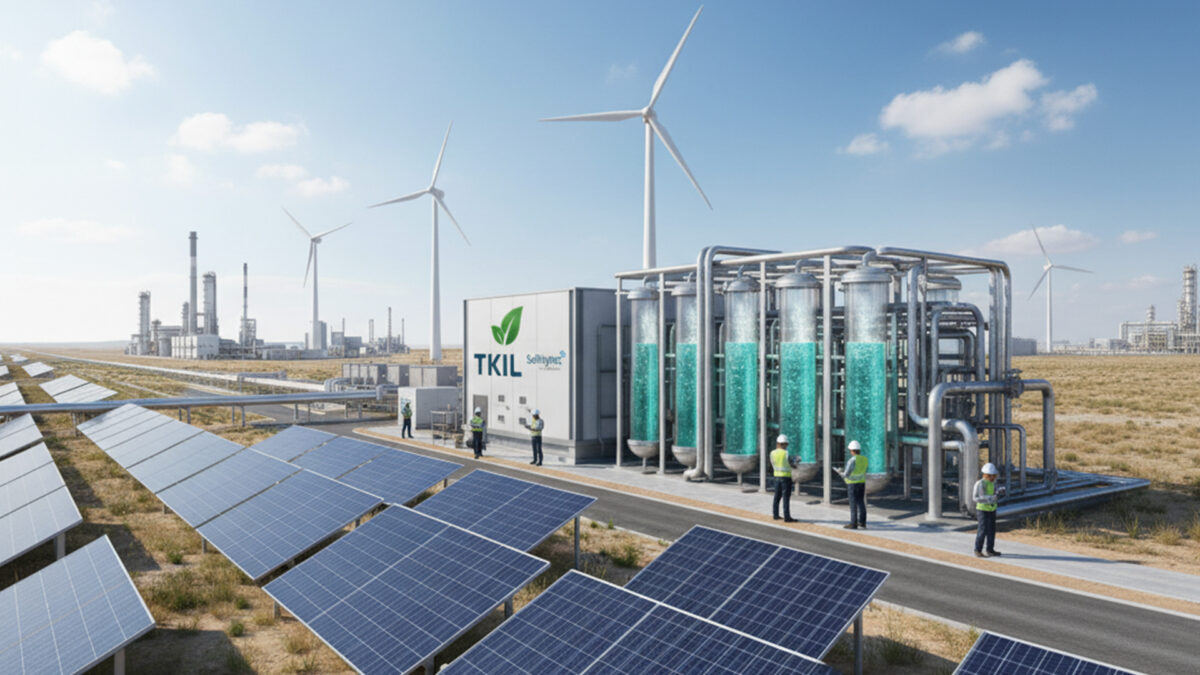TKIL Industries, formerly known as Thyssenkrupp Industries India, has partnered with Swiss company SoHHytec to establish a green hydrogen production facility in India.
The plant, expected to commence operations within the next 12 months, will utilize SoHHytec’s proprietary artificial photosynthesis (photo-electrolysis) technology to produce green hydrogen from renewable energy sources such as solar and wind.
This collaboration aims to support India’s National Hydrogen Mission, which targets the production of 5 million tonnes of green hydrogen annually by 2030.
The partnership designates TKIL Industries as SoHHytec’s exclusive partner in India. TKIL will be responsible for manufacturing and supplying specific equipment and machinery, as well as installing green hydrogen projects across the country.
The green hydrogen produced is intended for use in various industrial applications, including steel manufacturing, oil refining, and chemical production.
Vivek Bhatia, Managing Director and CEO of TKIL Industries, expressed optimism about the project, stating that the company is in discussions with potential clients in sectors such as steel and oil marketing companies to set up green hydrogen plants. He emphasized that TKIL’s role as an engineering, procurement, and construction (EPC) player positions the company to build and hand over these plants to clients upon completion.
SoHHytec’s artificial photosynthesis technology is recognized for its cost efficiency in producing green hydrogen. The process involves using renewable energy to split water molecules into hydrogen and oxygen, a method that is both scalable and adaptable to various industrial needs. This technology aligns with India’s objectives to reduce dependence on fossil fuels and enhance renewable energy capacity.
The establishment of this green hydrogen plant is seen as a significant step in India’s efforts to transition towards cleaner energy sources and achieve its climate targets. The collaboration between TKIL Industries and SoHHytec underscores the growing emphasis on sustainable energy solutions and the role of international partnerships in advancing green technologies.
As the project progresses, further details regarding the location of the plant, investment figures, and specific timelines for each phase of development are expected to be announced. The success of this initiative could serve as a model for future green hydrogen projects in India and contribute to the country’s leadership in the global clean energy transition.
